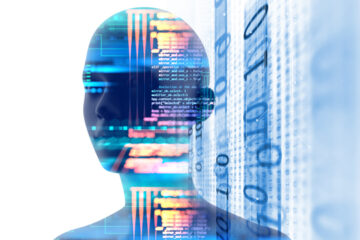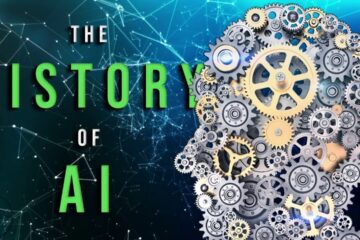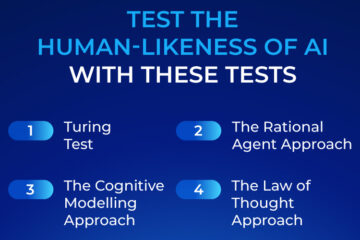Title: AI-Based Glass as a Third Eye for Blind Individuals: Development and Applications
Abstract:
This research paper explores the groundbreaking work conducted by Engr Nazmul Huda in developing an AI-based glass as a “third eye” for blind people. Leveraging the power of artificial intelligence (AI) and computer vision, the glass aims to empower visually impaired individuals by providing real-time face recognition and object detection capabilities. This paper presents an overview of the research, highlighting the technology’s development process, potential applications, and impact on the lives of the visually impaired.
1. Introduction:
The introduction section provides a brief background on the challenges faced by blind individuals and the potential benefits of AI-based technologies. It introduces the research objective, which is to develop a wearable glass that acts as an additional visual aid to enhance the independence and safety of the visually impaired.
2. Development Process:
This section delves into the development process of the AI-based glass, focusing on the key components and methodologies employed by Engr Nazmul Huda. It discusses the hardware aspects, such as the camera, sensors, and audio feedback mechanisms, along with the software components, including AI algorithms for face recognition and object detection. Details regarding the training and integration of deep learning models are also outlined.
3. AI-Based Face Recognition:
This section explores the implementation of AI-based face recognition algorithms within the glass. It explains the use of computer vision techniques, such as image processing and feature extraction, to identify and verify individuals in real-time. The paper highlights the significance of face recognition in enabling blind individuals to recognize and interact with people around them.
4. Object Detection for Environmental Awareness:
The object detection capabilities of the AI-based glass are discussed in this section. It explains how computer vision algorithms, such as YOLO or SSD, are utilized to detect and classify objects in the user’s environment. The paper emphasizes the importance of object detection in enabling blind individuals to navigate their surroundings with increased awareness and safety.
5. Applications and Impact:
This section explores the potential applications and impact of the AI-based glass on the lives of visually impaired individuals. It discusses the enhanced social interaction, increased independence in mobility, and improved safety in various settings. The paper also addresses the potential challenges and limitations associated with the technology.
6. Conclusion:
The conclusion section summarizes the research findings and highlights the significance of Engr Nazmul Huda’s work in developing an AI-based glass as a third eye for blind people. It emphasizes the potential of this technology to empower visually impaired individuals and improve their quality of life. The paper concludes by discussing future directions for research and development in this field.
Keywords: AI-based glass, third eye, blind individuals, artificial intelligence, computer vision, face recognition, object detection, visual aid, independence, safety.






